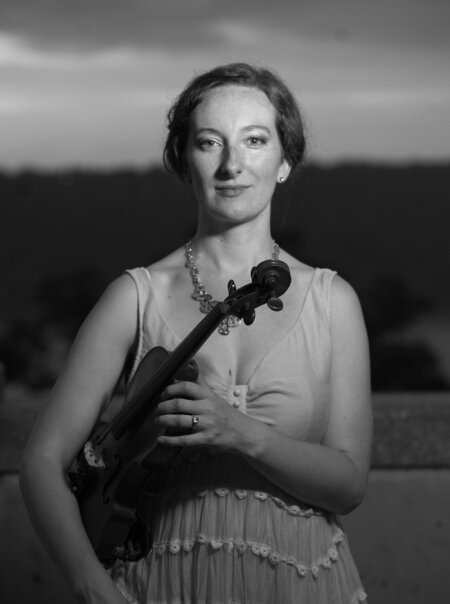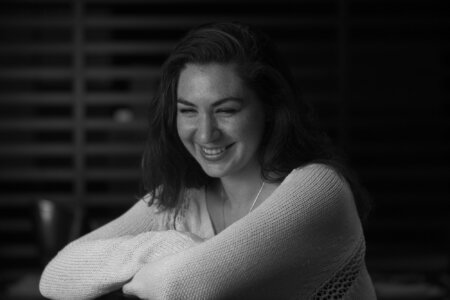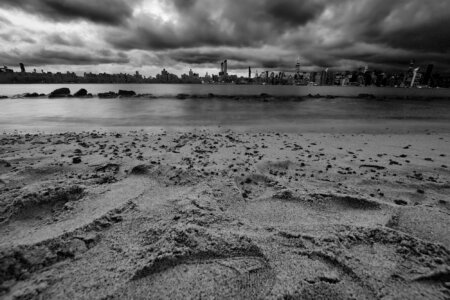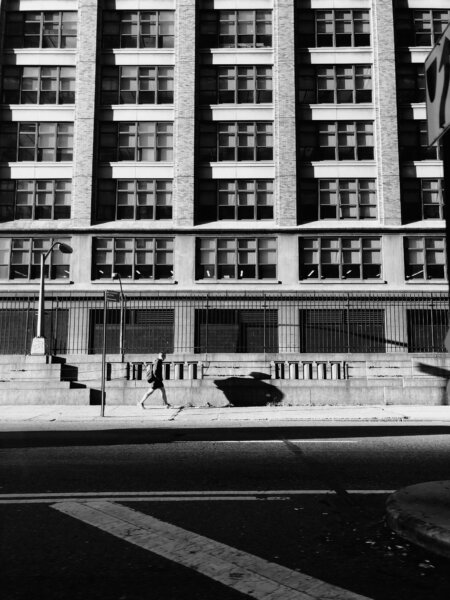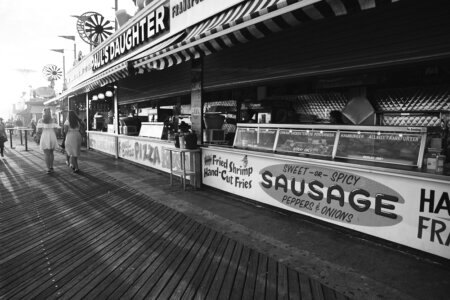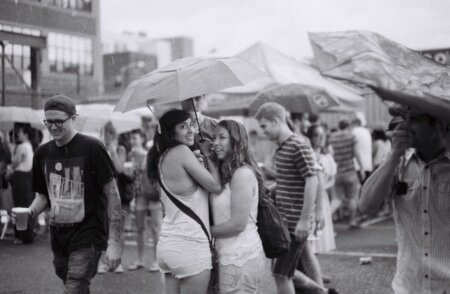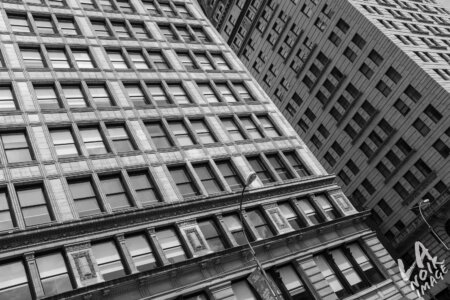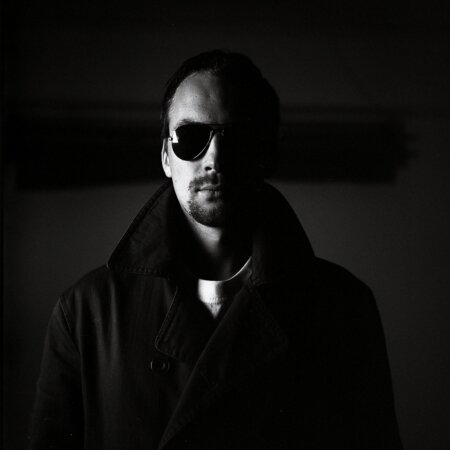I think we’ve all seen it: photography that follows a simple recipe. It’s in the black and white world and it goes something like this: convert to black and white > raise clarity > raise sharpness > raise contrast > export. Sometimes they’re done well, but more often than not that’s very rare. Most of the time the images look like tacky digital simulations due to people not understanding light and exactly what’s going on. All of this has its roots in the film days.
An inspiring documentation of the monochrome lifestyle
Tagged contrast
Why and How Too Much Contrast Can Kill a Portrait (Free One)
It’s a fact, photographers love contrast. But it doesn’t always work out so well–case in point: portraiture! Don’t believe me? Well, let’s consider the fact that photographers for many years have been shooting with a low contrast film called Kodak Portra to photograph people. Crazy, right? So what made people want to do high contrast portraits? Most of the time, folks unfortunately just don’t know any better. But when it comes to black and white photography, we have to showcase to you how and how too much contrast can kill a portrait.
High Contrast vs Low Contrast Black and White Photo Editing: What’s the Difference?
Take a look at our lead image: would you say that it is a high contrast photo or a low contrast photo? What’s your justification for your answer? The truth is that it’s a medium contrast image that just had the blue and orange channels manipulated. If you were paying attention to our previous tutorial, you’ll understand how color channels can affect a whole lot in the scene that you’re photographing and editing and how white balance compounds on top of that. If you look online, lots of photographers love a specific recipe: black and white > high contrast > clarity raise > export. But the truth is that that doesn’t always work out so well unless it’s done specifically well and lit in a very specific way.
Creating the Decisive Moment: Leading Lines in Street Photography
The decisive moment is one in street photography that is often spoken about being captured, but it can also be created.
How Do Leading Lines Work in Black and White Photography? (Premium)
Leading lines: they’re one of the first things that every photographer learns about when it comes to shooting images in school. If you learned online and without format training, then you probably studied the rule of thirds first. But when you’re looking at a photo, one of the best ways ro artfully create an image that photographers have traditionally been taught is by using leading lines. Call it a rule that needs to be broken, it’s still a very effective one that when done correctly, can trump pretty much any other rule out there with the exception of using text in an image. For many years, black and white photography was the way to go. But when color came around, things changed quite a bit.So let’s explore leading lines and black and white photography.
My Love/Hate Relationship with Ilford HP5 Plus 400 ISO Black and White Film (Premium)
“Why someone told me that it’s a great film for street photography is honestly a bit beyond my comprehension.”
Mastering the Art of Black and White Urban Geometry Photography (Premium)
Urban Geometry is founded on the ideas of Bresson. But to master it, you need to evolve as a photographer and an artist.
Tutorial: Working with Kodak Tri-X in the Studio (Premium)
Pushing and pulling Kodak Tri-x, exposing, studio lights and a whole lot more are covered here.
Shoot in Lower Contrast Light For More Black and White Processing Latitude (Premium)
It’s a popular method used by many filmmakers.
Paulo Moura: The Contrast Of The Scottish Countryside (Premium)
“…I still prefer good old medium format film to most of my digital photos in black and white.”
Michael Young: On Emotional Connection
Black and white photography creates an emotional connection between the viewer and the subject.
